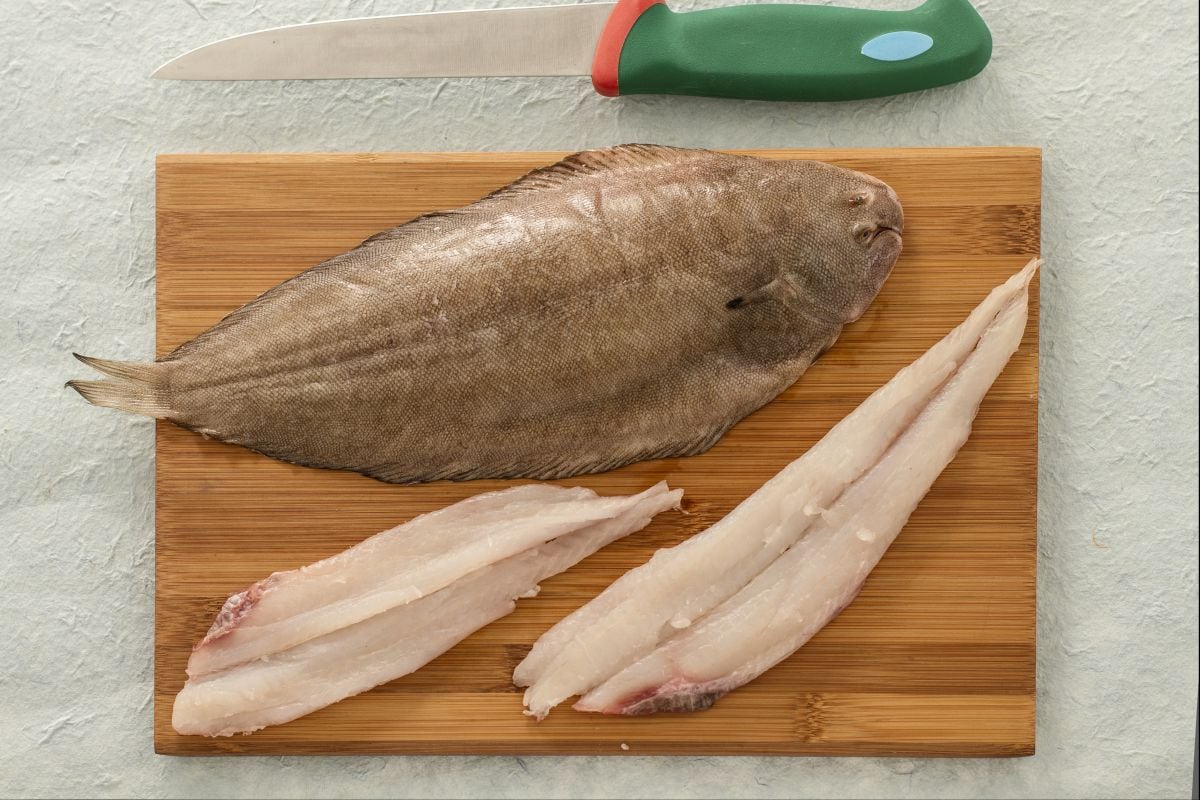Sole with butter and sage
- Easy
- 25 min
- Kcal 511

Cleaning and prepping sole—you know, that amazing fish—is a must for anyone who’s into cooking Italian seafood at home. Look, in Italy, the focus is all about really fresh fish. It's just the thing. So, here’s the deal: the first step is all about proper fish cleaning.
For sole, start by removing those pesky scales. Use a scaler, or ‘squamatore’. This handy tool is key if you want that skin crispy and golden. And trust me, especially in those classic coastal recipes—super tasty. Snip off the fins with scissors. Makes it neat and tender.
Across Italy, everyone’s got tips on how to skin and fillet sole. Some love a super thin fillet, others go for thicker to keep it moist while cooking. The trick? Use a sharp filleting knife. Seriously, just move slow and steady. Rushing ruins it. The delicate texture is why sole is so, so loved. Once you’re done, you’ve got clean, boneless pieces. Perfect for frying, baking, or grilling in all sorts of Italian dishes.
And you know what? It’s not just about looks. A well-prepared sole makes every bite sweet and mild—really mild. No strong flavors. Mastering these techniques for cleaning sole and picking the right tools for the job really ups your seafood game. Honestly, while it might seem a lot at first, after a few tries, you’ll get the hang of it. Pretty simple. With practice, you’ll be doing this like second nature, and your seafood dishes will taste way, way better.

To clean a sole, start by removing all the scales: place the fish with the dark skin facing up and, holding it by the tail, begin removing all the scales using the "scaler" 1, passing it multiple times from the tail to the head of the fish, then flip the sole and repeat the same operation for the white skin. If you do not have the appropriate tool, you can perform the same operation using a kitchen knife, being careful to use the back side of the knife to avoid cutting the skin. Now proceed to remove all the fins, using a pair of kitchen scissors to make the task easier: first remove the lateral fins 2, making a single cut starting from the tail towards the head, then also remove the ventral fins 3. If you wish, you can also remove the tail, but this operation is not necessary.

Once all the fins have been removed, the sole will appear as shown in the photo 4. At this point, move on to skinning the sole: with the help of a sharp knife, make a small, shallow cut above the tail 5, cutting into the dark skin. Now you are ready to remove the skin: firmly grasp the tail with one hand and, with the other, starting from where you made the cut, pull off the skin of the sole until it is completely removed, pulling forcefully towards the head. Since the skin of this fish is very slippery, we recommend using a kitchen cloth to assist in this operation 6.

Following the same procedure, remove the white skin 7, then remove the entrails by making a shallow cut on the belly, just below the head 8, then extract the viscera pouch with your fingers 9 (be careful not to insert the knife blade too deep to avoid damaging and breaking the intestines).

Using scissors, cut the gills at the base of the head 10. Now wash the sole well under fresh running water to remove any impurities or traces of blood 11, then proceed to the final phase: filleting. Using a thin and flexible fish filleting knife, make an incision from the head towards the tail 12,

then proceed by cutting inwards towards the central spine to obtain the first fillet 13. Flip the fish and proceed in the same way to obtain the second fillet, being careful not to leave too much flesh attached to the central bone. The cleaned and filleted sole will look like the one in the photo 14. It may happen that for a pan-fried recipe, you are required to keep only the white skin, which will keep the sole's flesh together during cooking, so do not remove it during cleaning but perform the "scaling" anyway 15. If instead, you are to grill or barbecue, you can leave all the skin, possibly without scales: this will serve to protect the sole's flesh from high heat cooking, but you must still gut the fish and, if you wish, remove the fins.